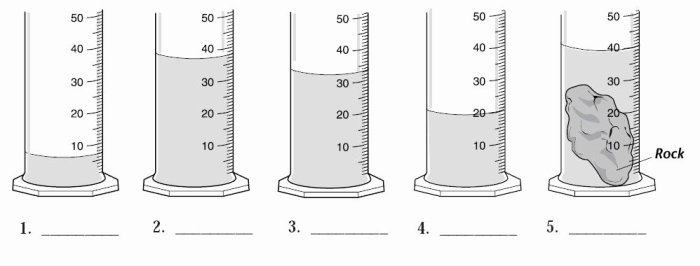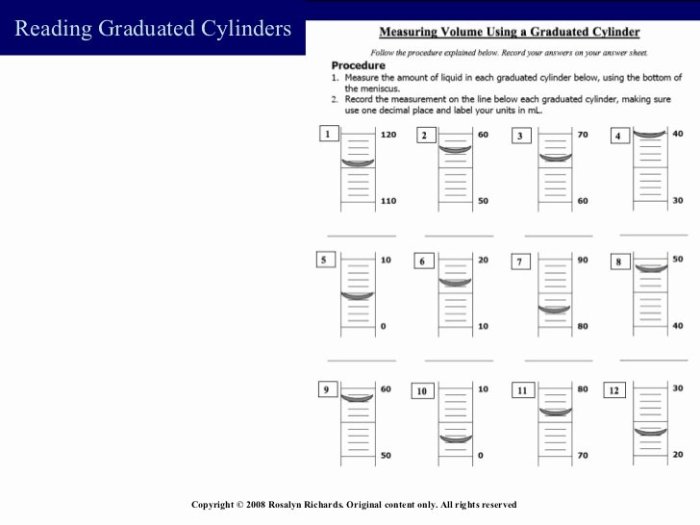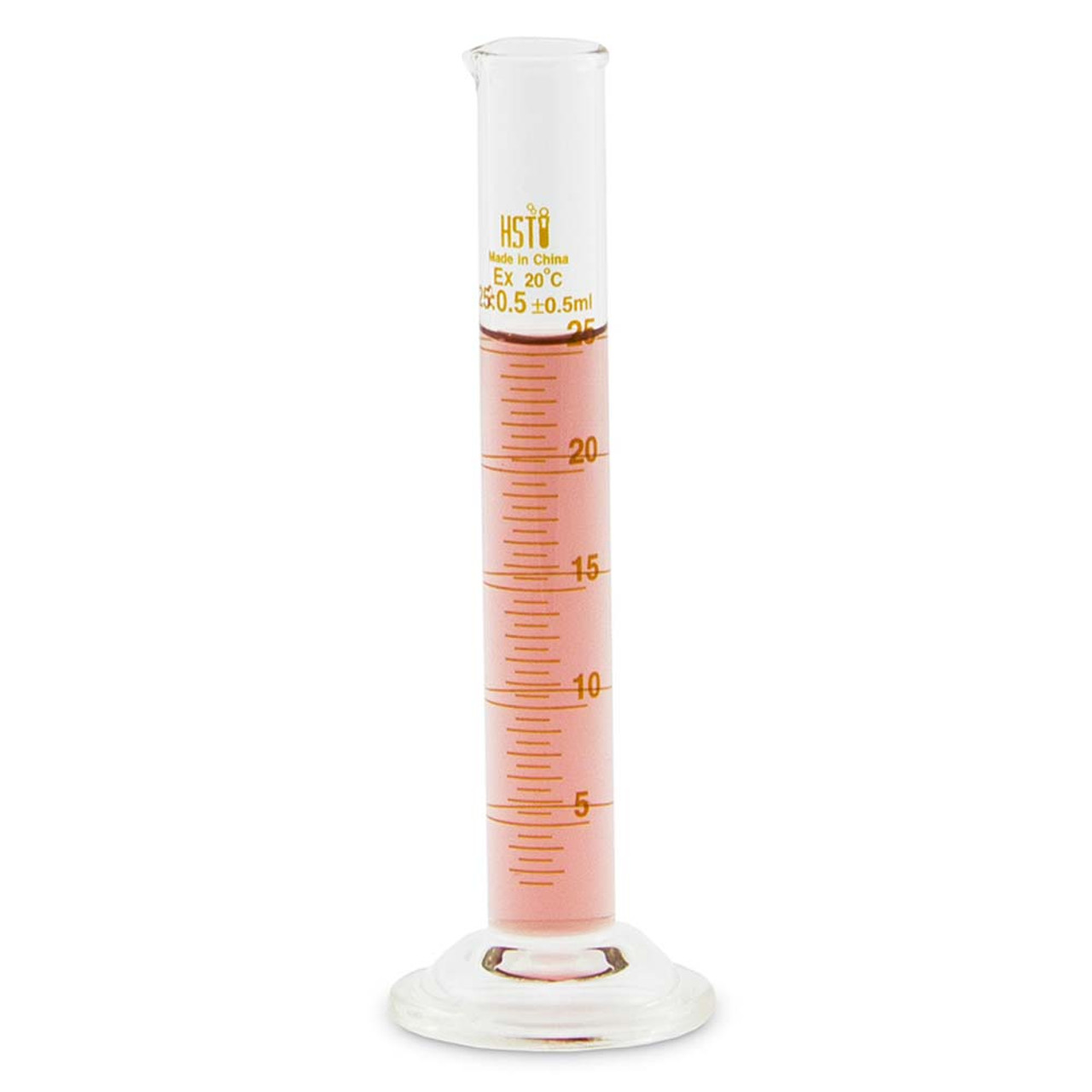Reading graduated cylinders worksheet answers – Delving into the intricacies of reading graduated cylinders, this worksheet answers guide provides a comprehensive resource for students, educators, and practitioners seeking accurate and reliable measurement techniques. With its engaging narrative and authoritative tone, this guide equips readers with the essential knowledge and skills necessary to master the art of graduated cylinder reading, ensuring precise and accurate measurements in various scientific and laboratory settings.
Throughout this guide, we will explore the purpose and types of graduated cylinders, delve into the techniques of reading them accurately, and examine real-world applications where precise measurement is paramount. Additionally, we will emphasize safety considerations and proper disposal practices to ensure responsible and safe handling of graduated cylinders and associated chemicals.
Measuring Liquids with Graduated Cylinders

Graduated cylinders are essential laboratory equipment used to accurately measure the volume of liquids. They are transparent, cylindrical containers with a narrow neck and a calibrated scale etched on the side.
There are two main types of graduated cylinders: Class A and Class B. Class A cylinders are more precise than Class B cylinders and are used for critical measurements. Class B cylinders are less precise but are more durable and are often used for general laboratory work.
To read a graduated cylinder accurately, hold it vertically and align the bottom of the meniscus (the curved surface of the liquid) with the zero mark on the scale. The volume of liquid can then be read at the point where the bottom of the meniscus intersects the scale.
Worksheet Practice
1. A graduated cylinder is used to measure the volume of a liquid. The bottom of the meniscus is at the 10 mL mark. What is the volume of the liquid?
10 mL
2. A graduated cylinder is used to measure the volume of a liquid. The bottom of the meniscus is between the 20 mL and 21 mL marks. What is the volume of the liquid?
20.5 mL
3. A graduated cylinder is used to measure the volume of a liquid. The bottom of the meniscus is at the 30 mL mark. What is the volume of the liquid?
30 mL
Real-World Applications, Reading graduated cylinders worksheet answers
Graduated cylinders are used in a variety of real-world applications, including:
- Preparing solutions in chemistry
- Measuring the volume of liquids in cooking
- Calibrating other laboratory equipment
Accurate measurement is essential in these applications to ensure the accuracy of the results.
Safety Considerations
When using graduated cylinders, it is important to take the following safety precautions:
- Wear safety glasses to protect your eyes from splashes.
- Do not use graduated cylinders to measure hot liquids.
- Dispose of chemicals used in experiments involving graduated cylinders properly.
FAQ Compilation: Reading Graduated Cylinders Worksheet Answers
What is the primary purpose of using graduated cylinders?
Graduated cylinders are primarily used to measure the volume of liquids accurately.
What are the different types of graduated cylinders?
Graduated cylinders come in various types, including Class A and Class B, which differ in their accuracy and precision levels.
How can I read a graduated cylinder accurately?
To read a graduated cylinder accurately, align your eye level with the liquid’s meniscus and note the volume marking at the bottom of the meniscus.
What are some real-world applications of graduated cylinders?
Graduated cylinders are used in various fields, including chemistry, biology, and medicine, for precise liquid volume measurement.

